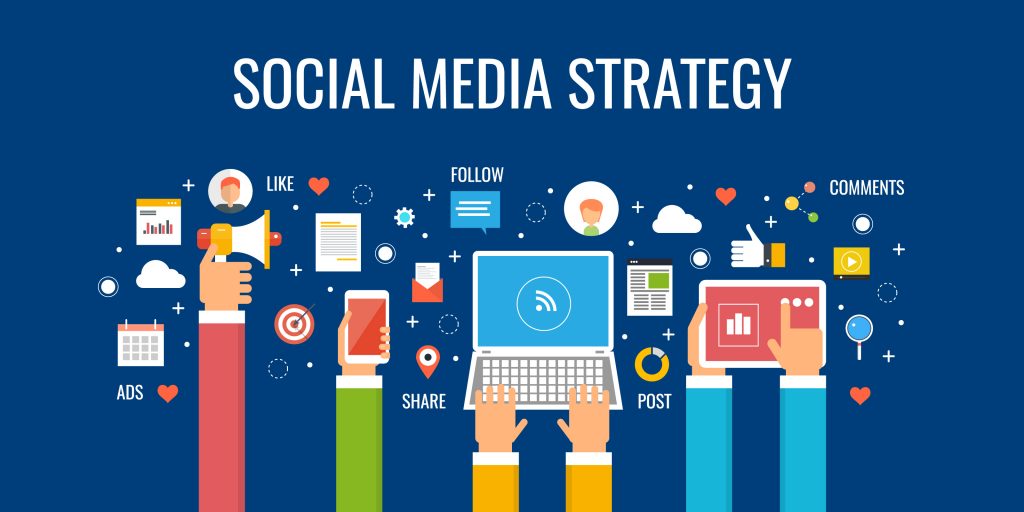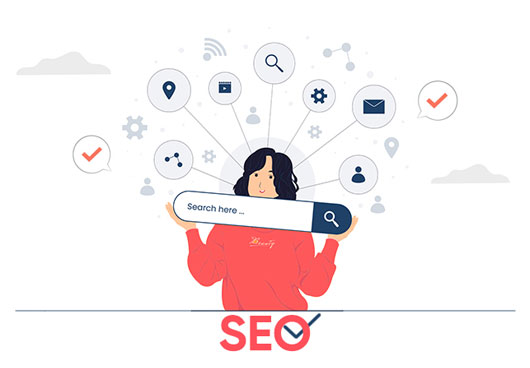Why your Social Media Strategy should change according to Product Life Cycle
Contributors:
Amol Ghemud
Published: August 14, 2018

Let’s face it. It’s not an easy time to be a social media marketer. After all, it’s hard to build a social media marketing plan with all of the uncertainty that we face.
So you need to create a social media strategy plan. Many of us struggle to iron out exactly what that is, let alone figure out how to build one from scratch.
Put simply, every action you take on social networks should be a part of a larger social media strategy plan. That means every post, reply, like, and comment should all be guided by a plan that’s driving toward business goals. It might sound complicated, but if you take the time to answer the question how to plan social media strategy, and create a communication plan, the rest of your social efforts should follow naturally. Everyone can do this if they approach it correctly.
Want to create a successful social media strategy for your business?
What is a social media strategy plan?
A social media strategy plan is the marketing summary of everything you plan to do and hope to achieve for your business using social networks. This plan comprises of an audit of where your accounts are today, goals for where you want them to be in the near future, and all the tools you want to use to get there.
In general, the more specific you can get with your plan, the more effective you’ll be in its implementation. In social media content strategy plan, the businesses need to be concise in their approach. Don’t make your social media strategy plan so lofty and broad that it’s unattainable.
The plan will guide your actions, but it will also be a measure by which you determine whether you’re succeeding or failing. You don’t want to set yourself up for failure from the outset.
Well it’s 2018 and not much of the same logic applies today. With 30% of millennials saying they engage with a brand on social media at least once a month, your strategy can’t be only about existence. Brands must be fully invested in their social media marketing strategies and focus on engagement. Otherwise, you’ll lose out on real customers, which means serious effects on your bottom line.
Social Media Goals
Goal setting is the basis of all marketing and business strategies. Social media marketing strategy is no exception. Of course, with a wide range of social capabilities, it can be difficult to determine exactly what your objectives should be. For guidance, here are some common social media goals to consider:
Increase brand awareness: You must create authentic and lasting brand awareness, avoid a slew of promotional messages. Instead, focus on meaningful content and a strong brand personality through your social media channels.
Higher quality of sales: Digging through the various social media channels employed by you is nearly impossible without monitoring or listening to specific keywords, phrases or hashtags. Through more efficient social media targeting, you reach your core audience much faster.
Drive in-person sales: Some retailers rely on social media marketing efforts to drive in-store sales. Is your brand promoting enough on social media to reward those who come to you? What about alerting customers to what’s going on in your stores?
Improve ROI: There’s not a single brand on social media that doesn’t want to increase its return on investment. But on social media, this goal is specific to performing a thorough audit of your channels and ensuring cost, advertisements and design to stay on track.
Create a loyal fan base: Does your brand promote user-generated content? Do your followers react positively without any initiation? Getting to this point takes time and effort with creating a positive brand persona on social.
Better pulse on the industry: What are your competitors doing that seems to be working? What strategies are they using to drive engagement or sales? Having a pulse on the industry could simply help you improve your efforts and take some tips from those doing well.
Integrating social media into product life cycle:
Image via BigStockPhoto.com
“Product life cycle” (PLC) refers to the stages a product goes through, from beginning to end. It’s a rise and fall story, that, if all goes well, will lead to a lot of profit before the journey is over. Let’s take a closer look at the different stages of the cycle to and get insights into integrating it to social media strategy plan.
Stage 1: Introduction
The product life cycle stages begin with the often difficult “introduction.” During this stage, the assumption is that returns will be negative. You’ve just spent a ton of money developing your product, and now you’ve got to spend even more to get the word out. Think, for example, of how many marketing dollars Kellogg’s will spend to introduce a new breakfast cereal in the hope that it will eventually catch on.
So in this stage: For social media marketers, one should participate in early stage of the launch and understand the opportunities. One should at least give initial attention and keeps their eye on the growth of the brand. If you start participation at early stage, your brand will also get advantage of early adaption and grow social media website.
Grab the attention of target audience by organizing online contest or free give away.
Stage 2: Growth
The growth stage is critical in the life cycle of all successful products, and the same can be said for a successful piece of content.
At this point, social media marketers can see whether a given piece of content is gaining traction on the social media platforms. “Early adopters” (or educated opinion leaders) will start sharing the content with their networks thus building the reach of it.
When you see the tweet promoting your content retweeted by an industry expert with a large following, you know the growth stage has started and that it’s time to own the content and invest in distribution.
Social media strategy 2018 mandates the marketers to advertise their product on those social media which are having increasing or high mass. Being an advertiser you must get benefits from this growing audiences and should heavily promote your products and brand. Most of the brands spend their social media marketing budget to websites which are in Growth stage.
In the growth stage, several changes ensure that the users always find something new to talk about and spread the news. Facebook said to be in the growing stage as it introduces newer elements regularly.
Stage 3: Maturity
If your product or content has made it this far, you can finally start to enjoy the fruits of your labor.
When it comes to the social media plan cycle, the maturity stage is when you know your content has been consumed and shared by “early and late majority” adopters. This means that your mainstream readers are seeing and sharing your content. Typically, you’ll stop running advertising and rely on the network effect on social media.
For marketer, they should decline the spending and divert their budget on social media websites which are in Introduction or Growth stage. If you are getting good ROI from the website, you should keep promoting there but rather than relying on single website, you should start searching for alternative.
Stage 4: Decline
In the PLC, the decline stage can be painful. The Kellogg’s cereal has been around so long that kids now associate it with their parents and there are two generic rip-offs sitting right next to it on the supermarket shelf.
In other words, the competition has caught up and the market has become saturated.
Conclusion
Creativity and research is the key to enabling any social media platform go through a long product life cycle stages. The wise social media markers must keep their eyes on product life cycle strategies of the social platform. This information can help you to better understand the performance of platform and can help you to strategize your future social media marketing endeavors.
About The Author
Optimizer in Chief
Amol has helped catalyse business growth with his strategic & data-driven methodologies. With a decade of experience in the field of marketing, he has donned multiple hats, from channel optimization, data analytics and creative brand positioning to growth engineering and sales.
 Growth Strategy and Planning
Growth Strategy and Planning Inbound Growth
Inbound Growth Growth Hacking
Growth Hacking Search Engine Optimization
Search Engine Optimization Paid and Performance Marketing
Paid and Performance Marketing Social Media Marketing
Social Media Marketing AI-Driven Growth Strategy
AI-Driven Growth Strategy
 Growth Tools
Growth Tools Offers
Offers


















Leave a Reply